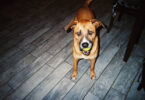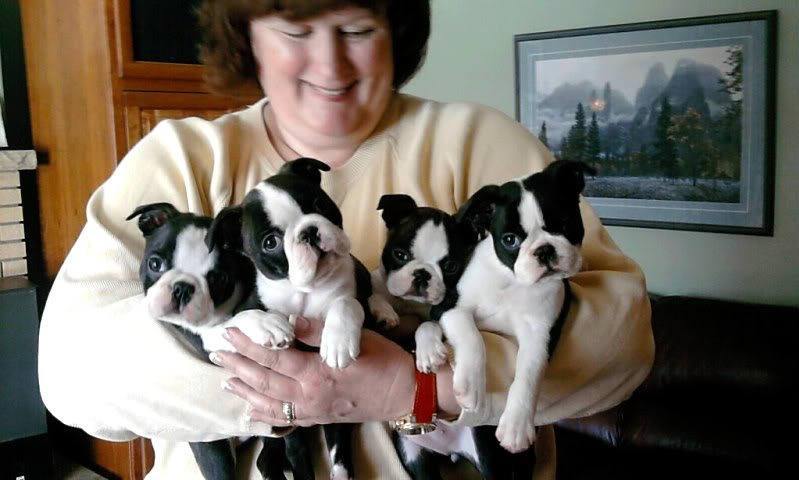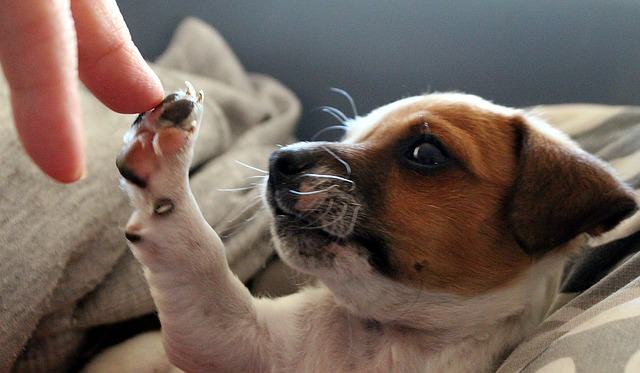“Dog Peeing in Sleep: A Concern for Family Pets” – When your beloved dog starts peeing in their sleep, it’s more than just a mess; it’s a worrying sign. In this guide, we’ll explore the reasons behind this behavior and how to effectively address it.
Understanding the Issue
A. What Causes Dogs to Pee in Sleep?
When dogs pee in their sleep, it’s often a symptom of an underlying health issue rather than a behavioral problem. Understanding the various causes is crucial for proper treatment. Here are some common reasons:
Urinary Tract Infections (UTIs): UTIs are among the most common reasons for involuntary urination in dogs. Bacteria entering the urinary tract can cause inflammation, leading to loss of bladder control.
Aging and Muscle Weakness: Older dogs often experience weakened bladder muscles and decreased control, resulting in involuntary urination during sleep.
Hormone-Related Incontinence: Especially in spayed females, hormone imbalances can lead to a loss of bladder control. This is often treatable with hormone replacement therapy.
Bladder Stones or Crystals: These can cause irritation and inflammation in the bladder, leading to incontinence.
Neurological Disorders: Conditions affecting the nervous system can impact a dog’s ability to control their bladder.
Kidney Disease: Chronic kidney disease or acute failure can lead to excessive urine production, overwhelming the bladder’s capacity.
Diabetes: Similar to kidney disease, diabetes can increase urine production, sometimes leading to incontinence.
Medications: Certain medications can increase urine production or relax bladder muscles, leading to incontinence.
Anatomical Abnormalities: Some dogs have congenital abnormalities in their urinary tract that can cause incontinence.
Stress or Anxiety: While less common, severe stress or anxiety can sometimes lead to involuntary urination.
B. Health Concerns Related to Involuntary Urination
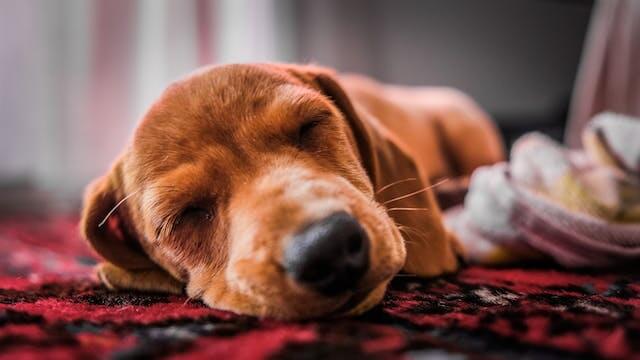
Involuntary urination during sleep is not just a cleanliness issue; it can indicate serious health problems:
Urinary Tract Infections: If left untreated, UTIs can ascend to the kidneys, leading to more severe kidney infections.
Skin Irritations and Infections: Urine can irritate the skin, leading to discomfort and secondary infections.
Quality of Life Impacts: Chronic incontinence can affect both the dog’s and the owner’s quality of life, leading to stress and anxiety.
Dehydration and Electrolyte Imbalance: Conditions like kidney disease or diabetes can lead to dehydration and electrolyte imbalances if not managed properly.
Progression of Underlying Diseases: Incontinence can be a sign of progressive diseases that, if left unchecked, can lead to more serious health issues.
Identifying the Signs
A. Recognizing the Problem Spotting the issue early can make a huge difference. Wet bedding and a noticeable smell are common indicators.
B. When to Seek Veterinary Help If you notice these signs, it’s time to consult your vet. They can provide a proper diagnosis and treatment plan.
Medical Diagnosis
A. Tests and Procedures Your vet might recommend urine tests, ultrasounds, or blood work to diagnose the problem accurately.
B. Interpreting Results Understanding these results is crucial for the right treatment plan. Your vet will explain what they mean for your pet’s health.
Treatment Options
A. Medical Treatments Depending on the diagnosis, treatments can range from antibiotics to surgery in severe cases.
B. Home Care and Management Alongside medical treatment, certain home care practices can help manage the condition.
Managing the Environment
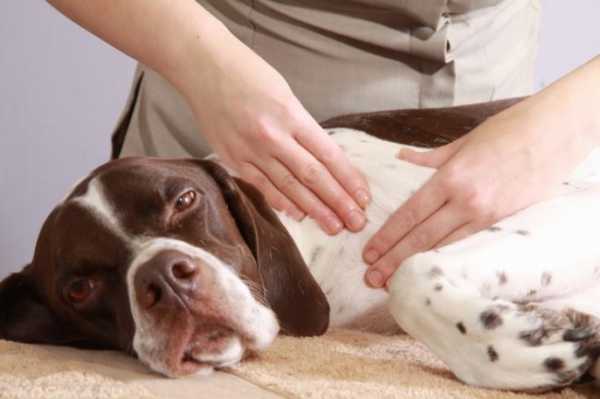
A. Bedding and Sleeping Areas
When dealing with a dog that pees in its sleep, managing their sleeping environment is crucial. It’s not only about keeping your home clean, but also about ensuring your pet’s comfort and health.
Waterproof Bedding: Invest in waterproof or water-resistant dog beds. These beds prevent urine from soaking through, making cleanup easier and maintaining a dry sleeping surface for your dog.
Frequent Bedding Changes: Regularly change and wash your dog’s bedding. This helps to eliminate odors and bacteria, reducing the risk of skin irritations and infections.
Easy-to-Clean Materials: Choose bedding made from materials that are easy to clean and dry. Fabrics that are machine washable and quick to dry are ideal.
Placement of Bedding: Consider placing your dog’s bed in an area that’s easy to clean, such as tiled or hardwood floors, rather than carpeted areas.
Additional Protection: You might also use puppy pads or waterproof liners under the bedding for extra protection, especially if your dog’s incontinence is severe.
B. Hygiene and Cleanliness
Maintaining hygiene is essential, not just for your home but for your dog’s health too.
Regular Grooming: Regularly clean and groom your dog, paying special attention to their hindquarters. This prevents urine from causing skin irritation or matting their fur.
Disinfection: Clean and disinfect areas where accidents occur. This minimizes the risk of bacterial growth and helps eliminate odors.
Accessible Cleaning Supplies: Keep cleaning supplies handy. Quick response to accidents can prevent stains and odors from setting in.
Routine Checks: Regularly check your dog’s sleeping area for wetness or odor, even if they don’t show obvious signs of incontinence.
Consider Flooring: If your dog’s incontinence is a frequent issue, you might consider changing your flooring to something more resistant to stains and easier to clean, like tiles or vinyl.
C. Environmental Stress Reduction
Reducing environmental stressors can sometimes help with incontinence issues, especially if they’re anxiety-related.
Quiet Sleeping Area: Ensure your dog’s sleeping area is in a quiet, low-traffic part of the house. This can help them relax and sleep more deeply, potentially reducing incidents of incontinence.
Consistent Routine: Maintain a consistent daily routine. Dogs thrive on routine, and irregular schedules can cause anxiety, which might contribute to incontinence.
Comfort and Security: Provide toys, blankets, or clothing items that carry your scent. These can comfort your dog and reduce anxiety, especially when you’re not home.
Access to the Outdoors: Ensure your dog has plenty of opportunities to go outside to relieve themselves, especially before bedtime.
Exercise and Stimulation: Adequate exercise and mental stimulation are important for overall health and can reduce stress levels in dogs.
Behavioral Aspects
A. Training and Conditioning Sometimes, behavioral training can help, especially in younger dogs.
B. Stress and Anxiety Factors Reducing stress and anxiety in your dog’s life can sometimes alleviate this issue.
Nutritional Considerations
A. Diet and Urinary Health A balanced diet is crucial for urinary health. Your vet might recommend specific foods or supplements.
B. Supplements and Vitamins Certain supplements can support urinary health. Always consult your vet before adding anything new to your dog’s diet.
Long-Term Care
A. Monitoring and Follow-Up Regular vet check-ups are vital to monitor your dog’s condition and adjust treatments as needed.
B. Quality of Life Improvements Simple changes can significantly improve your dog’s quality of life, even with this condition.
Alternative Therapies
A. Holistic Approaches Some owners find success with holistic treatments like acupuncture or herbal remedies.
B. Pros and Cons While alternative therapies can be helpful, they should never replace professional veterinary advice.
Preventive Measures
A. Early Detection Staying vigilant about your dog’s health can prevent or mitigate this condition.
B. Lifestyle Adjustments Regular exercise, a balanced diet, and routine vet visits can keep your dog healthy and potentially prevent this issue.
Owner Support and Resources
A. Online Forums and Communities Finding support and advice from other dog owners can be incredibly helpful.
B. Professional Advice and Support Don’t hesitate to seek professional advice. Veterinarians and pet care professionals can provide invaluable guidance.
Conclusion
While a dog peeing in sleep can be concerning, understanding the issue and seeking the right treatment can lead to a happy, healthy life for your furry friend.
